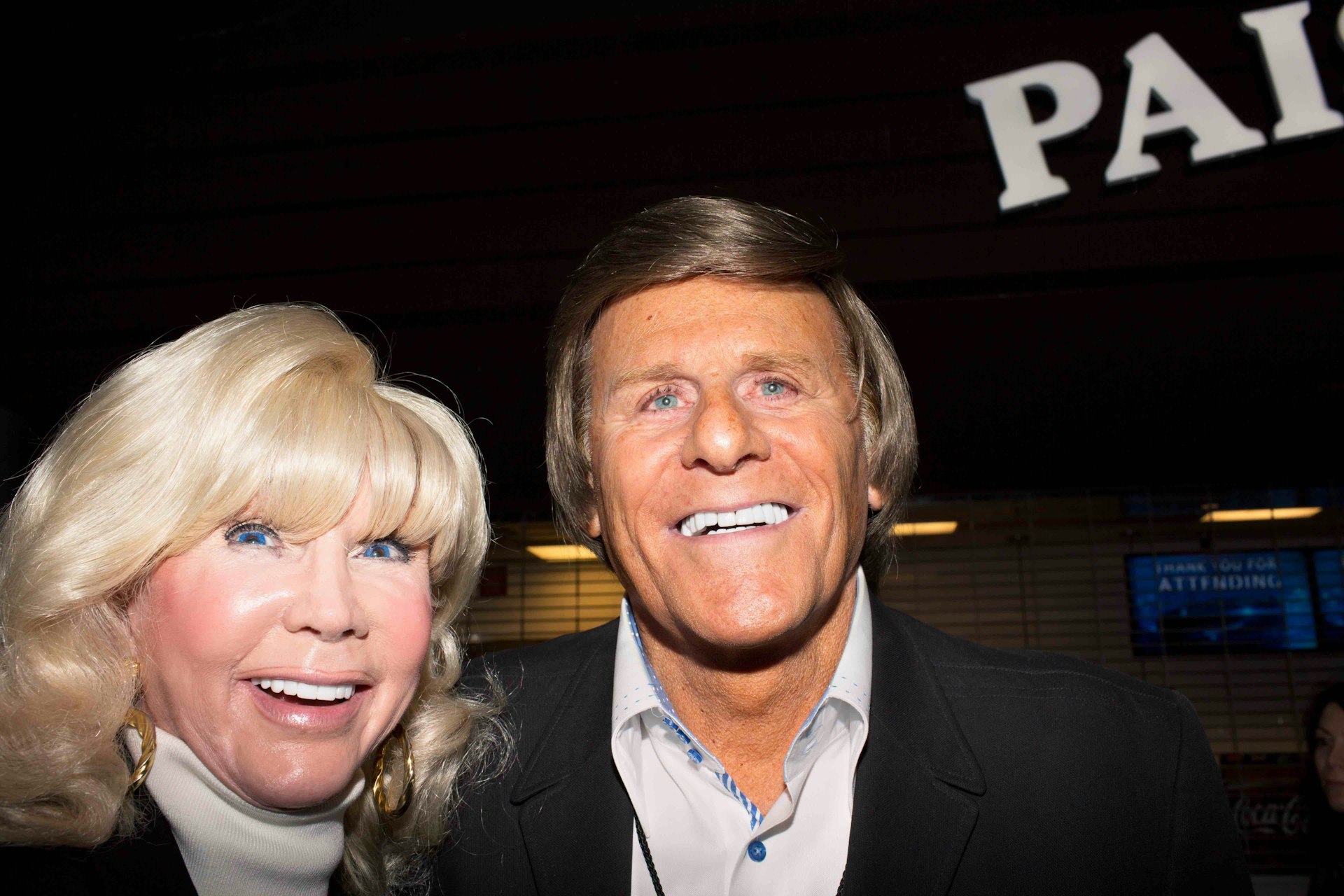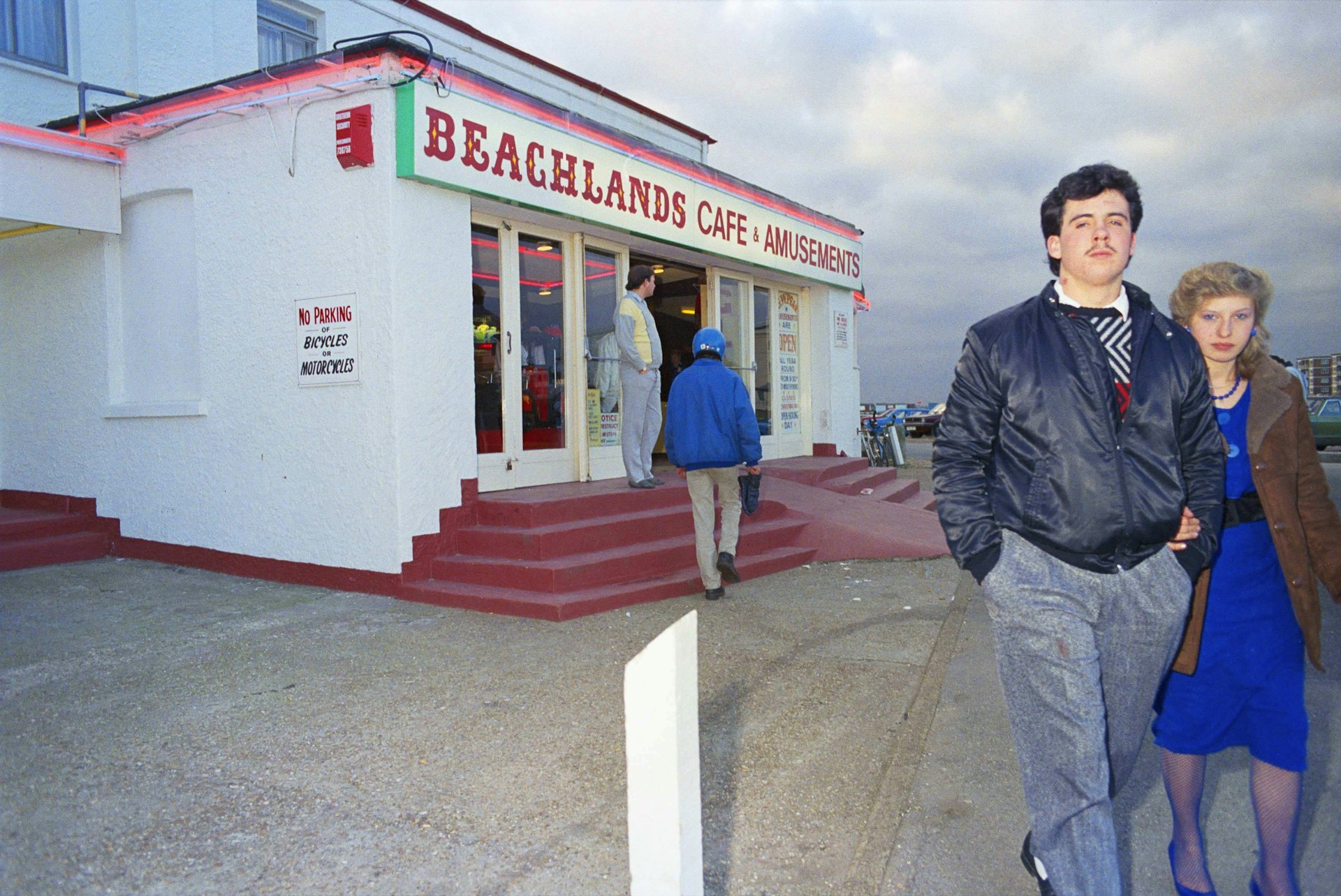
A photographic tribute to the British seaside
- Text by Zoe Whitfield
- Photography by Turner Contemporary
“I lived in the Midlands which is the furthest away from the seaside you can get,” says Val Williams, co-curator of the Turner Contemporary’s latest show, Seaside: Photographed. “We used to go on day trips to Skegness where I was always sick… looking back it’s probably because everyone in the car was smoking.”
Her new exhibition sets out to examine the British seaside and its corresponding signifiers via the photographer’s gaze, unpacking its status as “a metaphor for the state of the nation”. It features a unique and engaging cast, both behind and in front of the lens, from the 1850s and into the 21st century.
Karen Shepherdson – her partner in the project and co-author of a Thames & Hudson hardback of the same name – grew up with the sea substituting a garden and remains local to the Thanet shoreline. “It’s like theatre,” she says of the seaside’s allure, “everywhere you go there are these little vignettes taking place.”
Williams agrees, adding: “And people taking their clothes off which, for a British person in bad weather, is a strange thing. That doesn’t happen elsewhere. That it closes for winter too, makes it very different from anywhere else also.”
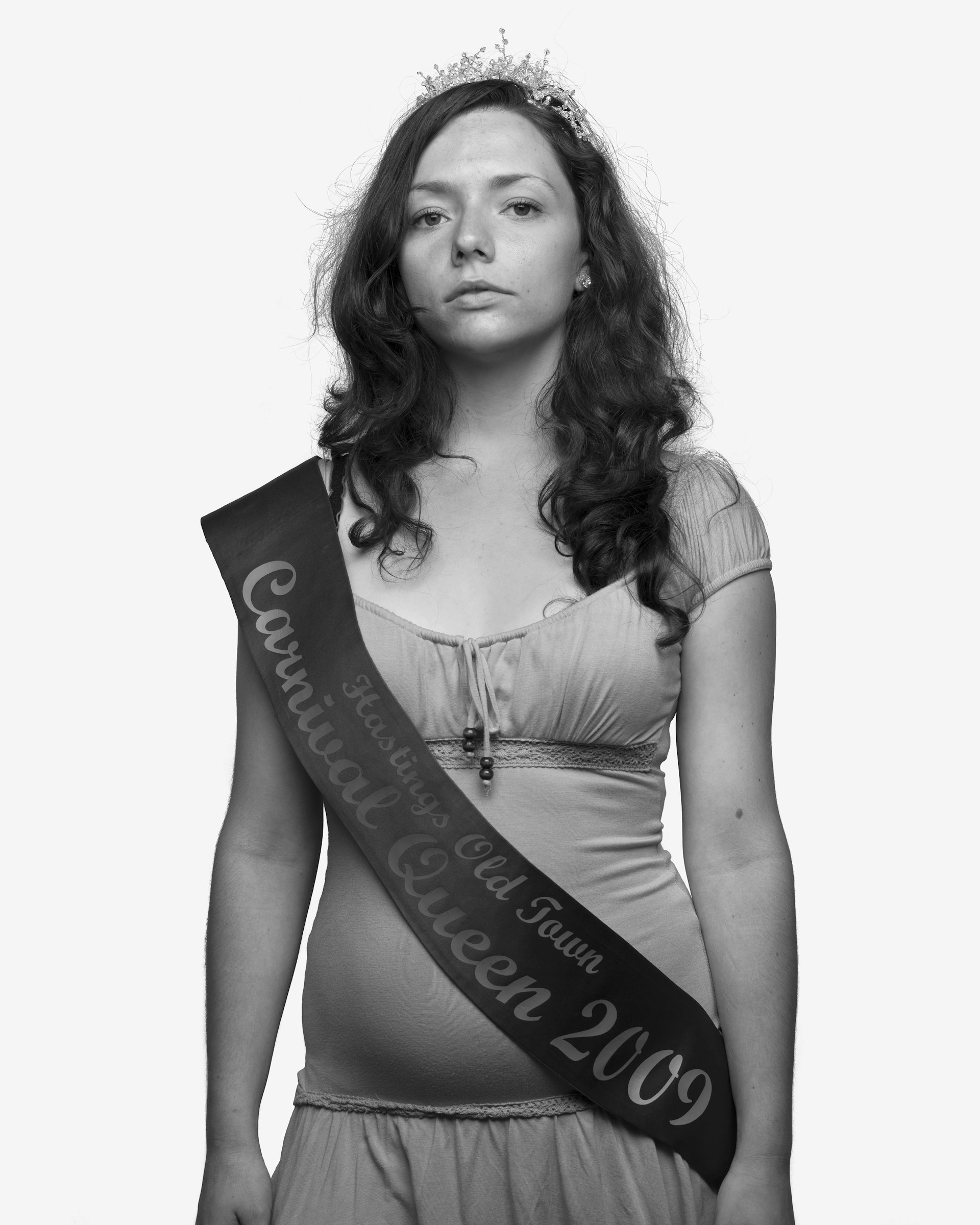
Jason Wild
Boasting a comprehensive group of photographers, the show subsequently taps into 70 versions of the British seaside: Keith Vaughn captures toned young men shortly before WW2, while Grace Lau’s 21st Century Types subverts early colonialist imagery; Henry Iddon shoots Blackpool’s Ocean Hotel in 90 minutes (prior to renovation), as Vanley Burke’s Day Out foregrounds teens from his own Handsworth community.
Martin Parr’s The Last Resort is a natural fit, with the 1986 book in a plastic case beside a stream of 4×6 photographs. Elsewhere, a selection from Daniel Meadows’s 1972 Butlin’s series is also present. “For these young middle class boys it was something they’d never come into contact with before – the working class on holiday,” notes Williams of the imagery’s significance. “They were just amazed; the sheer organised nature of it was unusual for them.”
“A lot of seaside places were built as resorts, then they weren’t needed, and then these great properties get used for other things,” she continues of the respective sites today. “In the past, they’ve been used by London Local Authorities, so it’s kind of answered a lot of questions; there’s a lot of problems that we put onto the seaside.”
Margate’s own cultural capital has been a prominent point of discussion in the last decade, with the Turner Contemporary and nearby Dreamland products of the kind of seaside regeneration councils actively encourage. “If you have agency the seaside is a fantastic place,” says Shepherdson. “But when you have no choice, once you’re at the edge, it’s very difficult to get back. I think that that’s been a real characteristic of seaside life.”

GB. England. New Brighton. From ‘The Last Resort’. 1983-85. Martin Parr
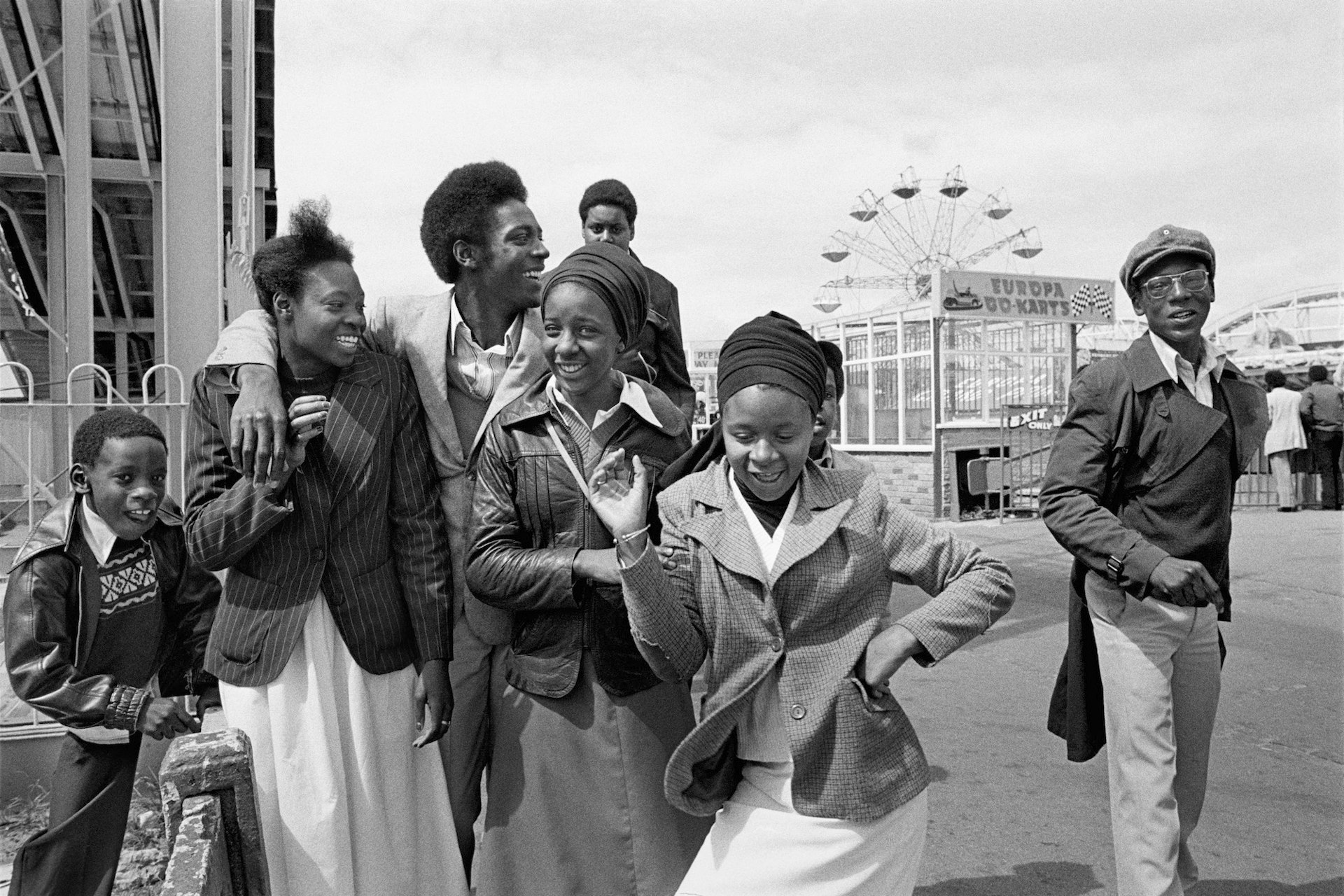
Vanley Burke

Grace Lau, 21st Century Types, 2005
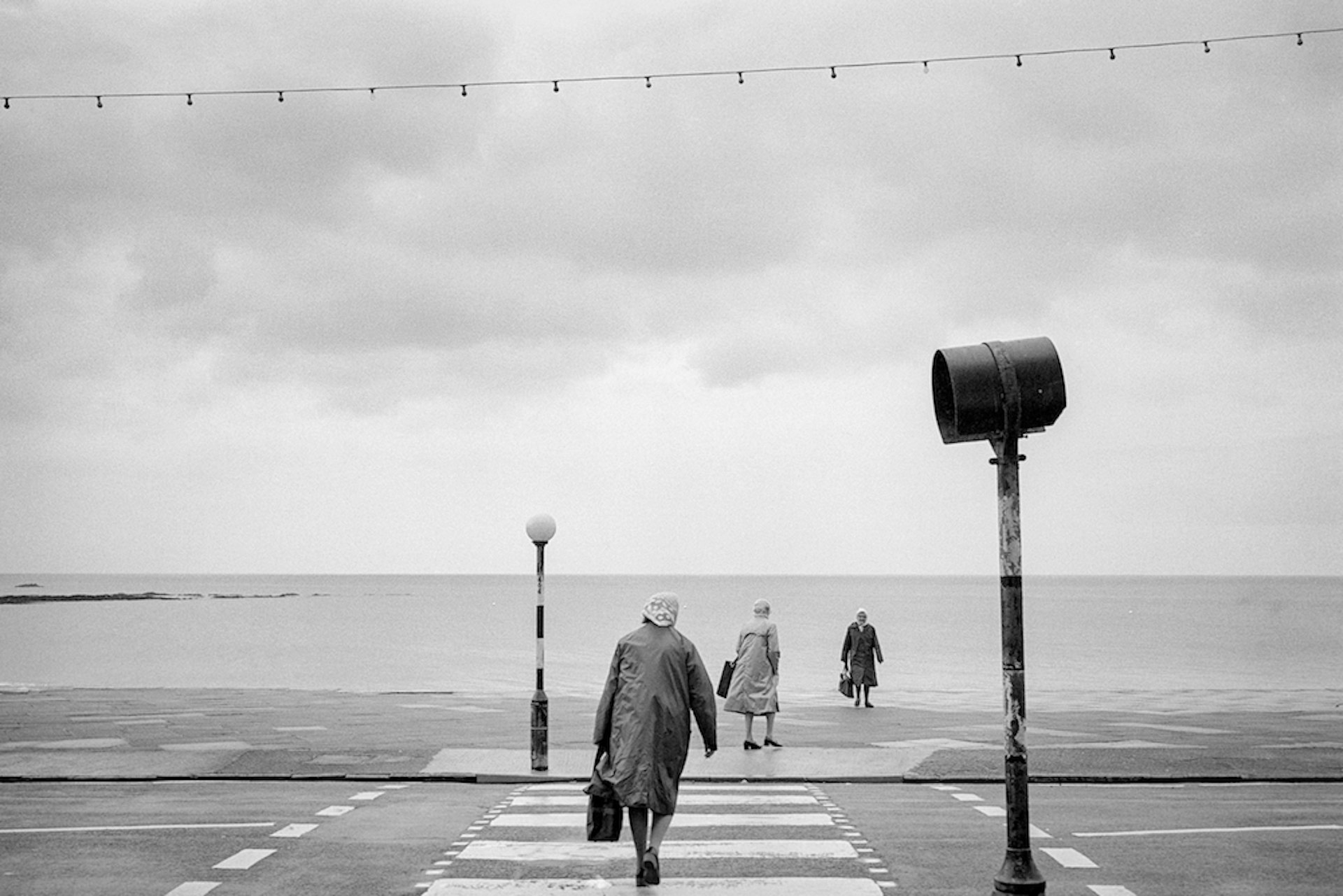
Day trippers, Aberystwyth 1985, Colin Thomas
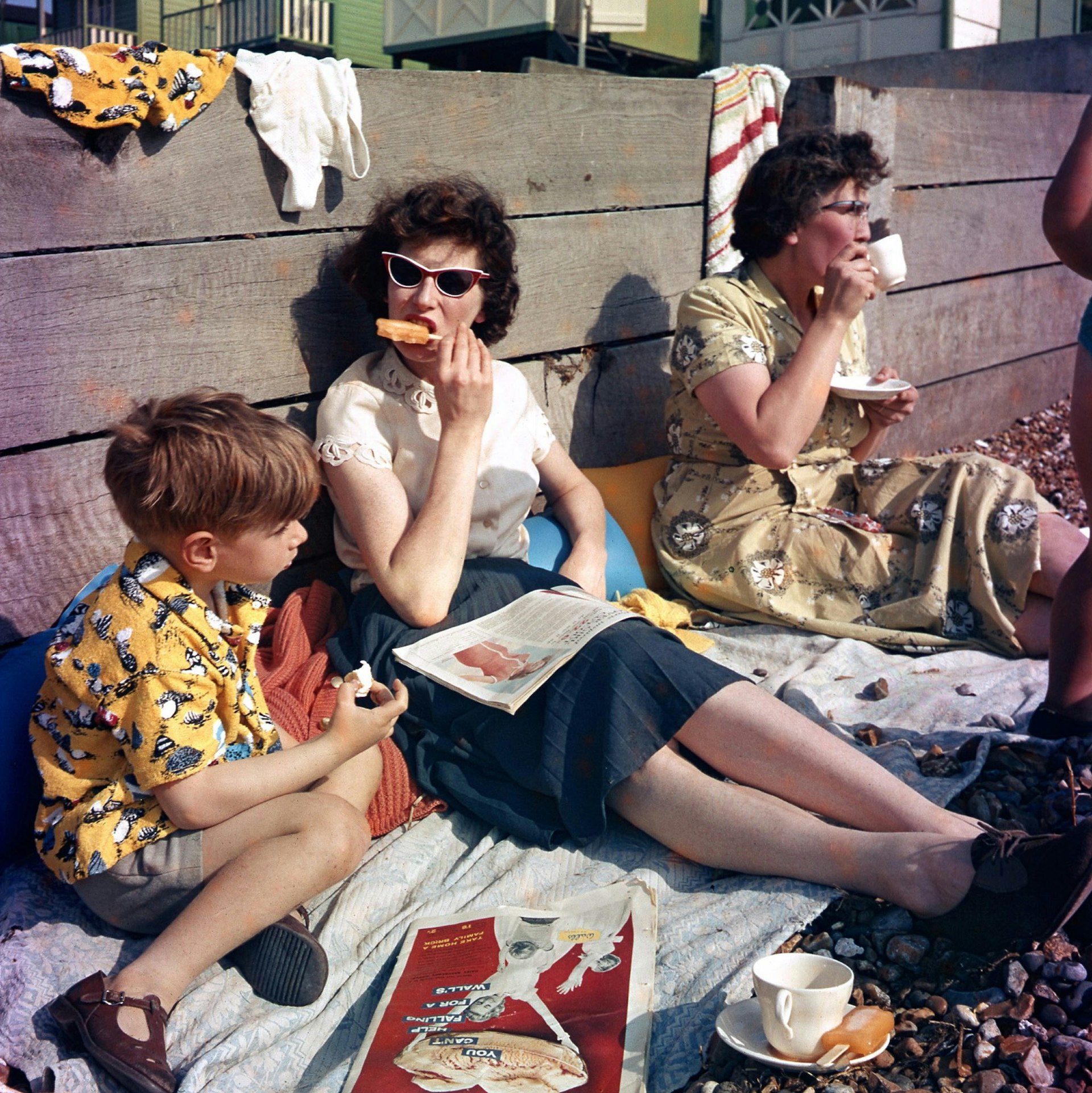
Down to the Beach, 1959. Photographer Raymond C Lawson (Loaned by Nicholas D Cordès)

Enzo Ragazzini, Isle of Wight Festival, 1970
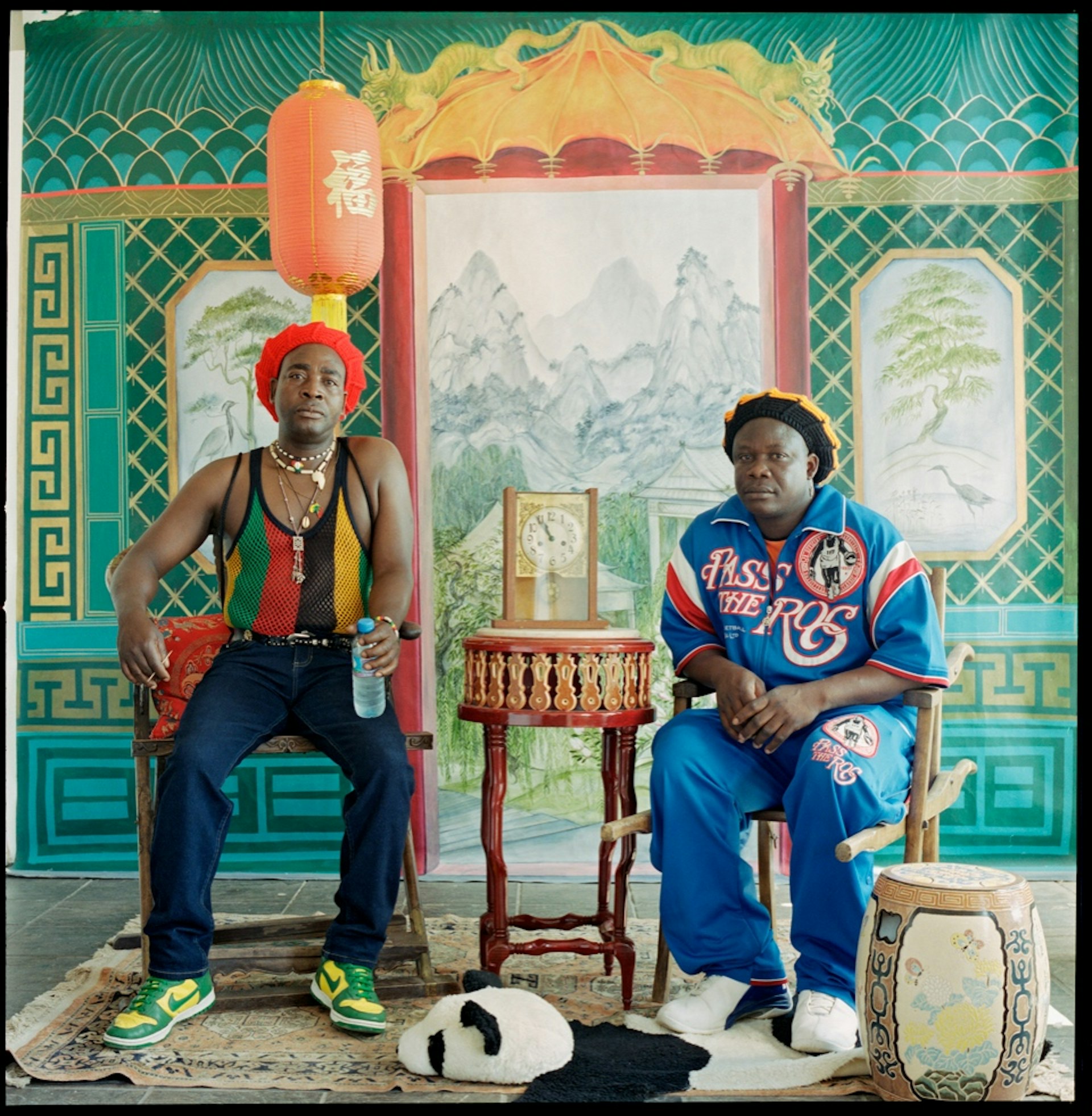
Grace Lau, 21st Century Types, 2005
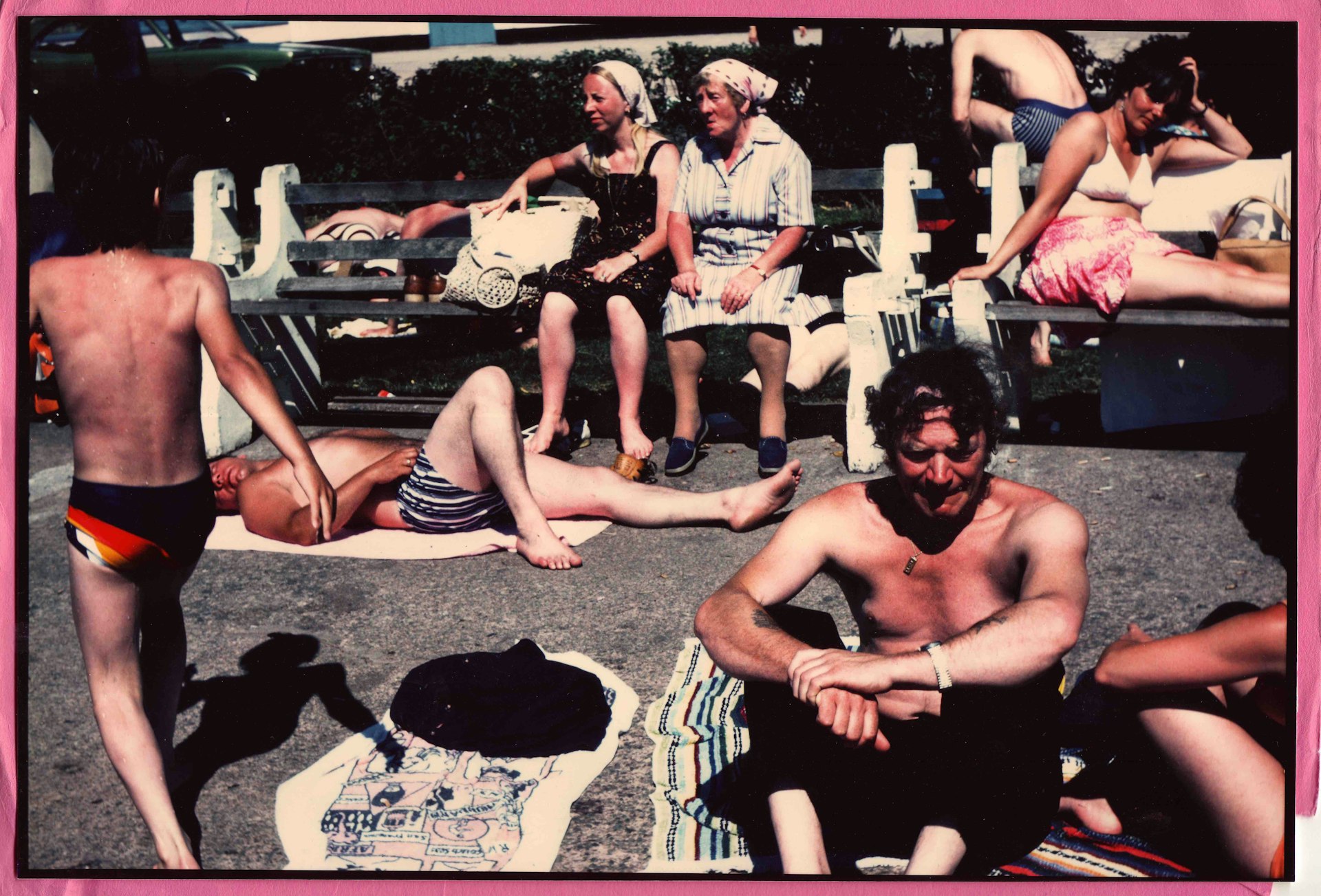
Butlins holiday camp, Minehead 1979. Dafydd Jones
Follow Zoe Whitfield on Twitter.
Enjoyed this article? Like Huck on Facebook or follow us on Twitter.
